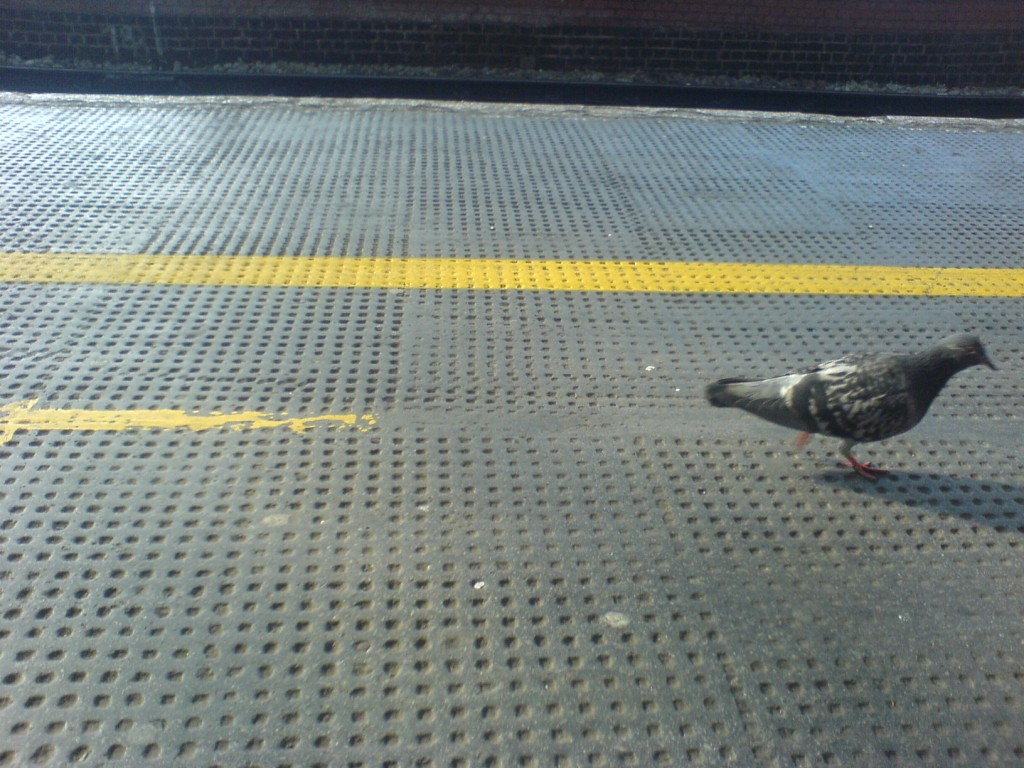
I have started to observe and follow pigeons. It sometimes seems that pigeons reflect the neighbourhoods in which they scratch, or at least my perception of this area.
Whenever possible I take pictures of the pigeons. I try to single out an individual bird as clearly as possible, learning in the process that taking a still close-up of a pigeon is rarely easy! I also try to avoid any form of selection or composition, though subconsciously my impression of the area may already be influencing the way in which I take the photo. Each image is archived, along with the exact location, date and time of day that the picture was taken, and uploaded onto Google Maps; a collection of pigeon portraits to represent the area in which they are located.
Following an initial in-depth study of the pigeon population in Stuttgart I will start to compile the global map of pigeons. What patterns will emerge? Where do we find the scrawniest, and where do we find the plushest? Do the images of the pigeons relate to the perceived prestige of an area? What parallels can we draw between the portraits and existing statistical information? How do government ‘regeneration’ programmes affect a pigeon population? If you were to continue doing this over a longer period of time, would it reflect the changing ebb and flow of urban communities?
Please take photos of pigeons and email them to us if you would like to help! Include your name, the exact location and the time that the picture was taken. Once we have reached 1000 pigeons we will publish an online interactive pigeon map that confirms or contradicts our subjective view of any given location, while offering us the opportunity to upload additional collections to the archive.


